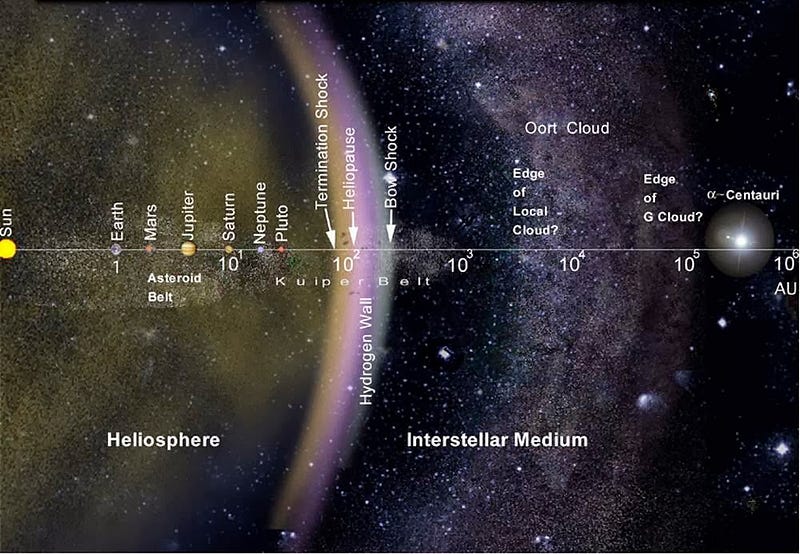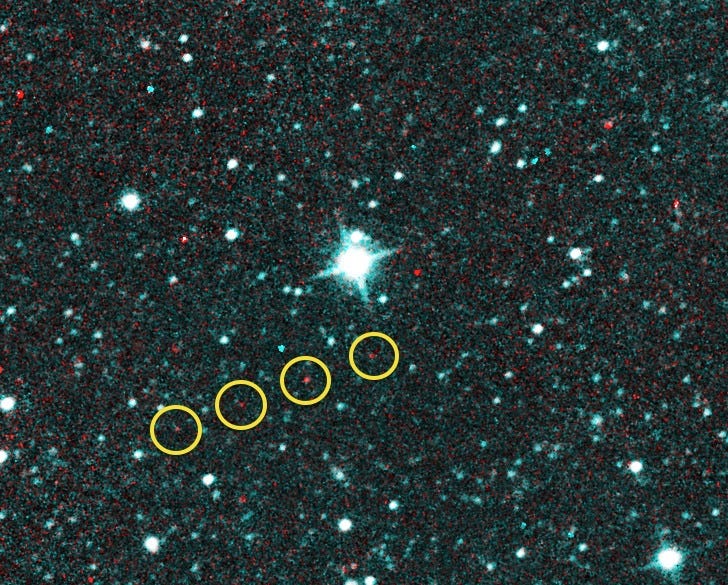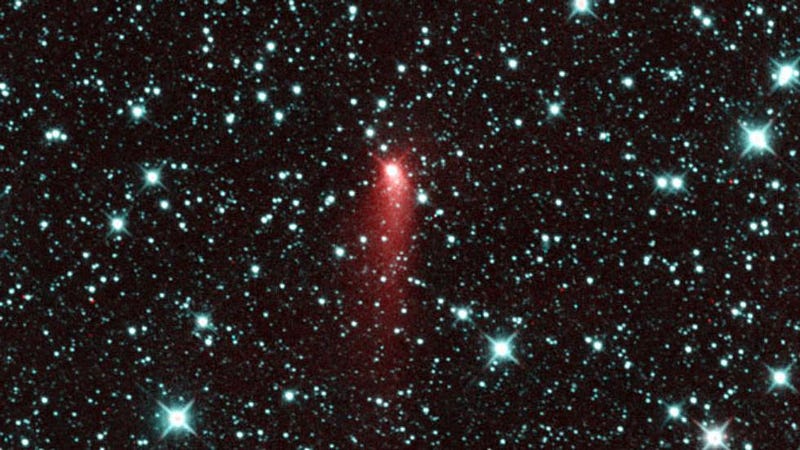Comet Catalina To Pass By Earth For The Final Time

See it over the coming six weeks, before it disappears and heads out of the Solar System forever.
“I have worn myself thin trying to find out about this comet, and I know very little now in the matter.” –Maria Mitchell
Our Solar System is a relatively quiet place, which it ought to be after some 4.5 billion years. While the early days saw a flurry of violent activity, with collisions, gravitational interactions and even ejections, things have settled down an awful lot. In the inner Solar System, the four rocky planets orbit peacefully, undisturbed by one another. Beyond them, thousands of smaller, rocky bodies pass by in the asteroid belt. Out a little farther, the four gas giants — themselves failed stars — host their own complex planetary systems with moons of their own, while the Kuiper Belt and Oort Cloud lie even beyond that.

But every so often, a Kuiper Belt object wanders too close to Neptune, or a passing encounter with a star or rogue planet perturbs the Oort Cloud, or one of those outer, icy bodies passes too close to another. When this happens, there’s a reasonable probability that one of those distant, lonely worlds will change its trajectory and pass through the inner Solar System.
And when it nears us, passing interior to the orbit of Jupiter, it begins to heat up.

Tails begin to develop, and debris flies off of these bodies, creating the phenomenon we know as a comet. While we normally think of comets as stable, recurring phenomena — like Halley’s Comet, which returns every 76 years — the reality is a lot more complex. As comets make their periodic trips through the inner Solar System, they often pass by planets and/or the Sun relatively closely, and as such, have their orbits gravitationally influenced by these bodies.
When the right combination of circumstances occur, one of two fates almost always awaits such a comet: either it will hurtle into (or pass too close to) the Sun and burn up, or its trajectory will change enough to eject it from the Solar System entirely!
https://www.youtube.com/watch?v=kWERvX5gOog
While the first possibility is exactly what happened to Comet ISON less than two years ago, the latter possibility is what’s in store for the next comet headed our way: Comet Catalina, coming close to Earth later this month. Originating from the Oort Cloud, this icy body used to take millions of years to orbit the Sun just a single time, but a gravitational encounter with something out there flung it into the inner Solar System.

On November 15th, it will make its closest approach to the Sun — perihelion — passing interior to the orbit of Earth and reaching a minimum distance of 123 million km (76.5 million miles) from the Sun. After that, it will make its closest approach to Earth, where it may well become a naked-eye comet, and will certainly be visible through even a cheap pair of binoculars.

On December 17th, it will cross the celestial equator, becoming visible everywhere in the Northern Hemisphere. It will head towards the orange giant, Arcturus, which is the brightest star in the Northern Hemisphere, passing within one degree of it on New Year’s Day. But after that, Comet Catalina will begin to dim, passing near the Big Dipper and headed out of the Solar System.

Yes, not to the outer Solar System, but out of the Solar System entirely. During this trip close to the Sun, Comet Catalina has acquired just a tiny bit of extra kinetic energy, where at perihelion, it will travel at a maximum speed of 46,400 m/s relative to our Sun: just 25 m/s faster than our Sun’s escape velocity. This means that, over the next thousand years or so, it will head back into the Oort cloud and slow down, but will keep moving past all the other objects out there, eventually floating into true interstellar space on a timescale of hundreds of thousands of years.
Although in many ways, the visuals will be spectacular:
- the tail will be over 500,000 miles (800,000 km) long,
- the coma (or halo) around the comet’s nucleus will be green in color,
- and there’s a good chance it will be visible to the naked eye,
it will at best appear as a faint “smudge” under dark sky conditions, best viewed in the pre-dawn sky. Nevertheless, unless something comes along to change the comet’s trajectory again, unexpectedly, this will be our last and only chance to see it as a species. Like everything in the Universe, this object is destined to depart from our reach, but on a much shorter timescale than any other natural object found so far.
Leave your comments on our forum, support Starts With A Bang! on Patreon (where we’re less than $100 from our next reward), and pre-order our first book, Beyond The Galaxy, today!




